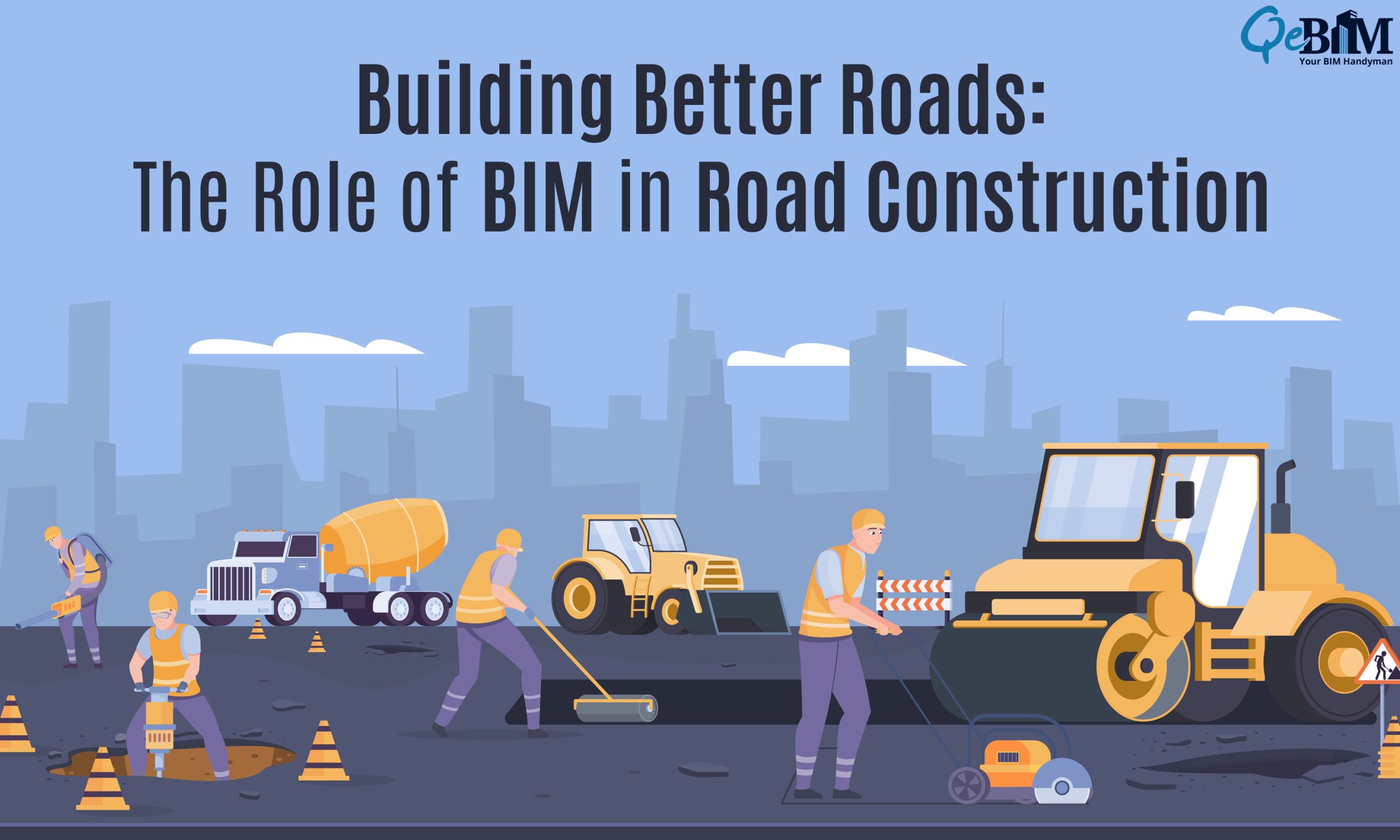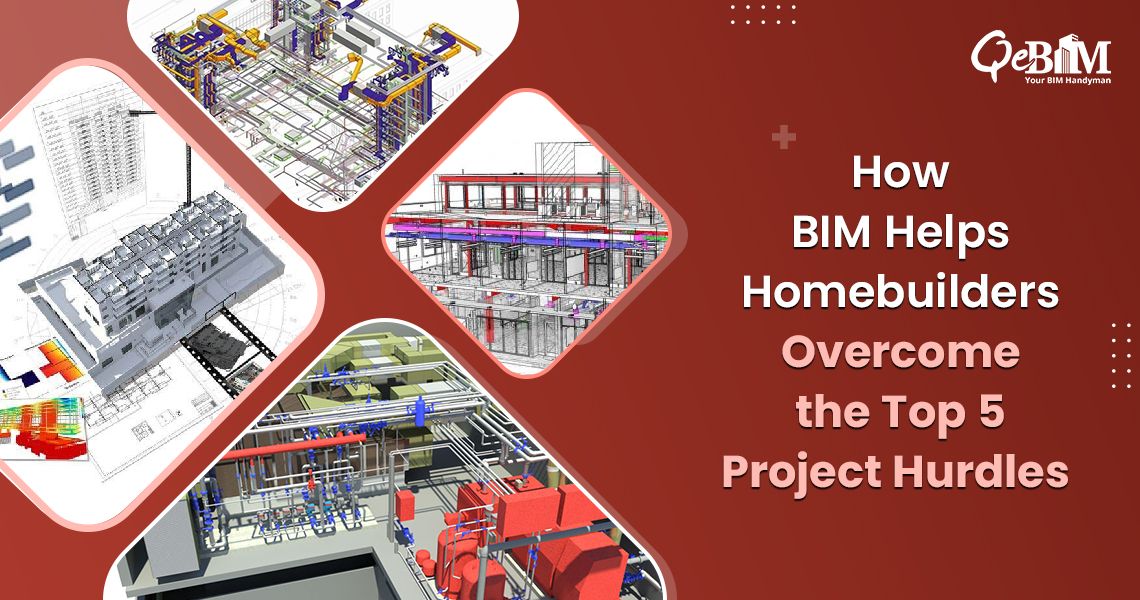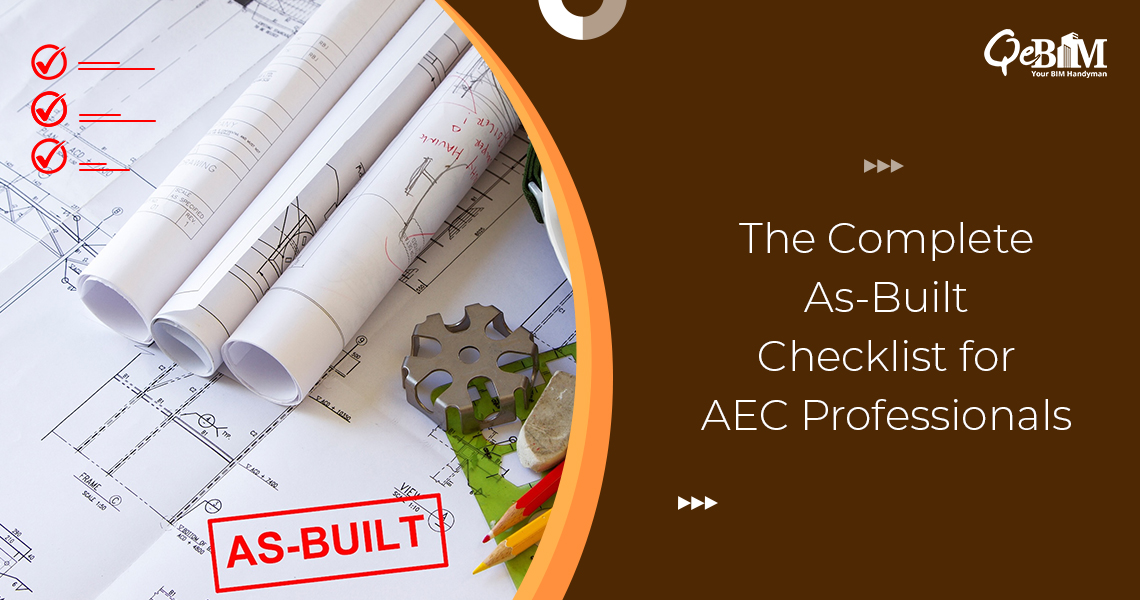Introduction
Road construction projects are crucial in modern infrastructure development, connecting communities and facilitating economic growth. With technological progressions, implementing Building Information Modelling has revolutionized the construction industry. BIM, a digital representation of a project’s physical and functional characteristics, offers numerous benefits that can significantly enhance road construction. This article will explore how BIM for Infrastructure can improve the road construction process with supporting facts and figures.
BIM: Revolutionizing Road Construction
1) Improved Collaboration and Communication
For the success of any construction project, effective collaboration and communication are vital, including road construction. BIM facilitates enhanced collaboration among stakeholders, such as engineers, architects, designers, contractors, and government agencies. All project participants can access and share real-time information through BIM, including design models, drawings, and specifications. This leads to lesser errors, minimized reworks, and better decision-making throughout the project lifecycle.
Statistics:
- According to a survey conducted by McGraw Hill Construction, 75% of contractors reported improved collaboration due to implementing BIM in their projects.
- An NBS National BIM Report study revealed that 72% of respondents experienced better communication and coordination when using BIM.
2) Efficient Design and Planning
BIM enables road designers and engineers to create accurate 3D models of the project, incorporating various elements such as terrain, drainage, utilities, and intersections. This comprehensive representation helps to locate and resolve the design clashes and constructability issues prior to the construction. By simulating different scenarios and evaluating potential risks, BIM allows for optimized design and planning, resulting in cost and time savings.
Statistics:
- A Federal Highway Administration (FHWA) case study found that using BIM in road design reduced design errors by up to 40%.
- As per the Royal Institution of Chartered Surveyors, BIM implementation led to a 30% reduction in design changes during construction.
3) Enhanced Project Visualization
Visualizing a road construction project is crucial for stakeholders to understand the proposed design and make informed decisions. BIM offers advanced visualization capabilities, allowing project teams to create realistic 3D models, virtual reality (VR) walkthroughs, and augmented reality (AR) experiences. These visualizations enable stakeholders to understand the project comprehensively, leading to improved stakeholder engagement, increased public support, and reduced conflicts.
Statistics:
- The Journal of Construction Engineering and Management demonstrated that using BIM visualization led to a 25% reduction in public objections to road construction projects.
- The use of BIM visualization resulted in a 32% decrease in construction-related disputes, according to a study conducted by Autodesk.
4) Efficient Resource Management
BIM provides accurate and detailed information about the quantities and specifications of construction materials required for road projects. This information enables better resource management and procurement planning, reducing waste and optimizing the use of materials. Additionally, BIM allows for the integration of scheduling and cost estimation, enabling contractors to plan construction activities and manage project budgets effectively.
Statistics:
- As per the Journal of Construction Engineering and Management, the BIM implementation reduced material waste by an average of 5% in road construction projects.
- The Construction Industry Institute (CII) reported that using BIM for resource management resulted in a 20% decrease in material-related costs.
5) Streamlined Maintenance and Operations
Once the road construction project is complete, BIM adds value during maintenance and operations. Road agencies can efficiently manage and maintain the infrastructure over its lifecycle by incorporating asset management information into the BIM model. BIM facilitates the identification of maintenance needs, simplifies asset tracking, and assists in making data-driven decisions for repairs and upgrades.
Statistics:
- As per The American Society of Civil Engineers (ASCE), the BIM adoption for infrastructure management resulted in a 40% reduction in asset lifecycle costs.
- A study by the University of Illinois found that implementing BIM for operations and maintenance reduced facility management costs by up to 20%.
BIM: A Game-Changer for Road Construction Projects
BIM has emerged as a game-changer in the road construction industry, offering significant benefits in collaboration, design efficiency, visualization, resource management, and maintenance. The statistics discussed highlight the positive impact of BIM implementation on road construction projects, ranging from cost savings and improved communication to reduced design errors and enhanced stakeholder engagement. As technology advances, BIM Services will undoubtedly play an increasingly important role in transforming how roads are planned, designed, built, and managed, leading to a safer, more sustainable, and more efficient transportation system for the future.





